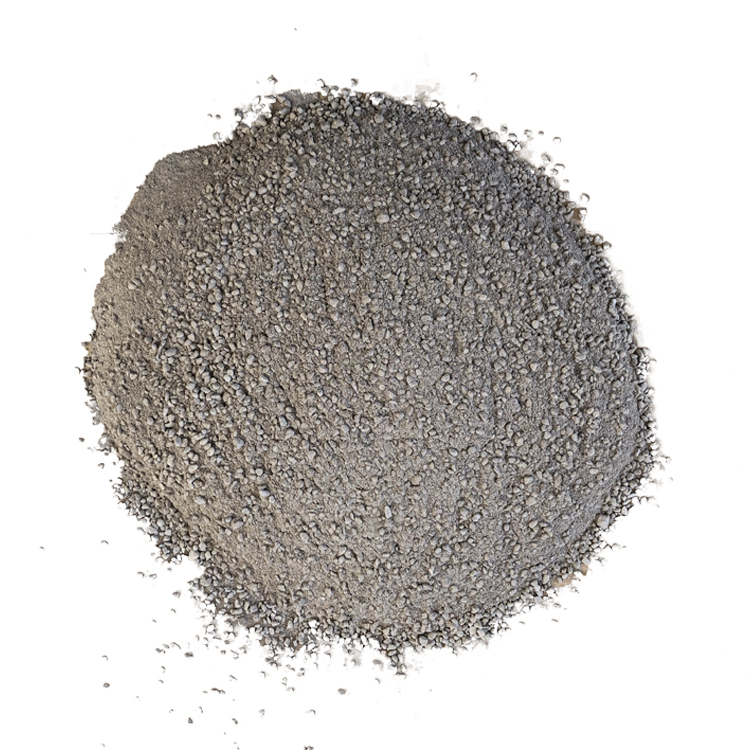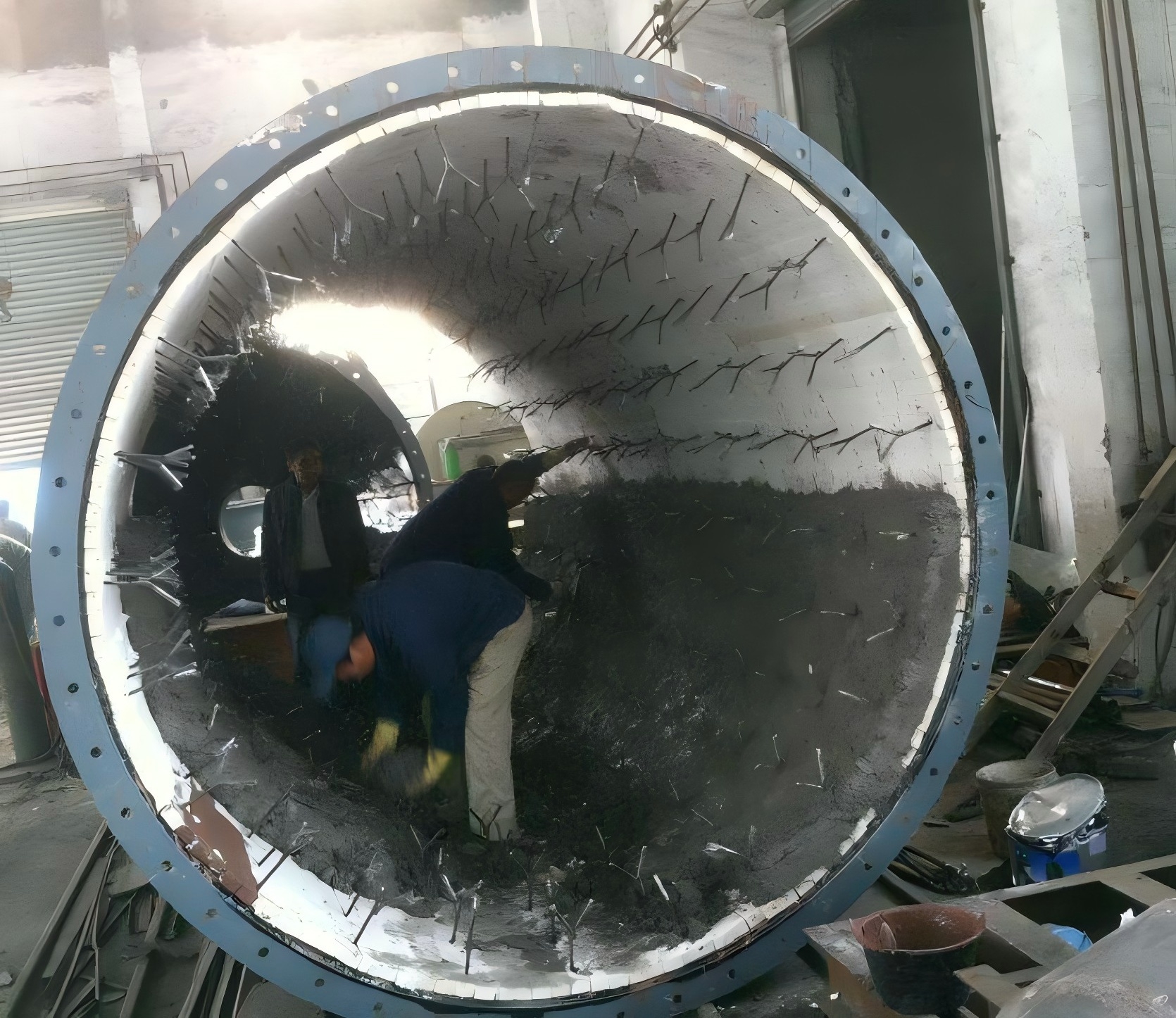How to Choose the Right Refractory Castable for Your Furnace: A Guide to Longevity & Cost Savings
Industrial furnaces, kilns, and boilers operate under extreme thermal and mechanical stress, making the selection of refractory castables a critical factor in performance, safety, and operational costs. Whether you’re maintaining a steelmaking furnace or upgrading a ceramic kiln, choosing the ideal heat-resistant monolithic material can extend equipment lifespan by decades while slashing energy bills. In this comprehensive guide, we’ll break down the key considerations for selecting refractory castable linings and reveal how to optimize your furnace for maximum ROI.
1. Understand Your Furnace’s Operating Conditions
Not all castable rfractory materials are created equal. Start by analyzing your furnace’s:
Temperature range:
Low-heat (up to 1,000°C): Use alumina-silicate castables or lightweight insulating castables.
Medium-heat (1,000°C–1,500°C): Opt for high-alumina castable refractory or phosphate-bonded monolithic linings.
Extreme-heat (1,500°C+): Choose corundum-based castables or ultra-high-temperature (UHT) castable mixes.
Thermal cycling frequency:
Frequent heating/cooling cycles demand thermal shock-resistant castables with flexible bonding systems (e.g., hydratable alumina).
Chemical exposure:
For furnaces processing acidic slag or alkalis, acid-resistant castable liners or chrome-oxide-enhanced monolithic refractories are essential.
2. Prioritize Key Material Properties
The right furnace castable composition balances seven critical properties:
Thermal Conductivity:
Low-conductivity insulating castable mixes (e.g., vermiculite-based) reduce heat loss.
High-conductivity dense castable refractory (e.g., silicon carbide) suits heat recovery zones.
Abrasion Resistance:
Additives like sintered bauxite or zirconia boost wear resistance in heavy-duty castable linings for rotary kilns.
Porosity:
Low-porosity castable refractory cement prevents molten metal/slag penetration.
High-porosity cellular castable insulation improves energy efficiency.
Cold Crushing Strength (CCS):
Aim for CCS ≥50 MPa in precast refractory shapes for structural integrity.
Setting Time:
Fast-setting gunning castable materials minimize downtime during repairs.
Thermal Expansion:
Match expansion rates to furnace shell materials to avoid cracking.
Eco-Friendliness:
Low-cement or no-cement monolithic refractory formulations reduce CO2 emissions.

3. Match Installation Methods to Your Workflow
The installation technique impacts the performance of castable refractory liners:
Pumping/Vibration Casting:
Ideal for complex geometries; use self-flowing refractory castables with ≤5% water content.
Gunning/Spraying:
Fast application for large surfaces; requires sprayable refractory mixes with thixotropic agents.
Hand Ramming:
Best for small repairs; choose plastic refractory materials with high workability.
Precast Shapes:
Pre-formed refractory castable blocks ensure consistency in critical zones like burner tiles.
Pro Tip: Always follow the manufacturer’s curing schedule—improper drying of hydraulic-bonded castables can cause explosive spalling!
4. Verify Certifications & Industry Standards
Ensure your refractory castable supplier complies with:
ASTM C401: Classification of alumina and alumina-silicate castables.
ISO 1927: Monolithic (unshaped) refractory products.
EN 1402: Testing methods for dense and insulating castables.
MSDS Reports: Confirm the absence of carcinogenic crystalline silica.
For nuclear or aerospace applications, demand ultra-pure refractory castable grades with traceability documentation.

5. Learn from Industry-Specific Success Stories
Steel Industry:
A European EAF mill increased campaign life from 200 to 850 heats using corundum-spinel castable refractory in slag zones.
Cement Industry:
A rotary kiln achieved 30% lower NOx emissions with low-thermal-mass castable insulation in preheater towers.
Petrochemical Industry:
A cracking furnace reduced downtime by 75% via ceramic fiber-reinforced castable for rapid thermal cycling resistance.
The Future of Refractory Castables: Smart Materials & Sustainability
Emerging trends reshaping the industry:
Self-Healing Castables: Microcapsules release healing agents when cracks form.
IoT-Embedded Linings: Sensors monitor wear and temperature in real time.
Carbon-Neutral Castables: Geopolymer-based eco-refractory binders cut CO2 by 80%.
Conclusion: Partner with Experts for Optimal Results
Choosing the right refractory castable product requires balancing science, economics, and practical experience. By prioritizing material properties, installation methods, and lifecycle costs, you can transform your furnace into a durable, energy-efficient asset.
Inquiry Now
Please leave your e-mail and we will contact you as soon as possible
contact us
Your satisfaction is our top priority. Whether you have questions, need support, or want to share feedback, our dedicated team is ready to assist you every step of the way.